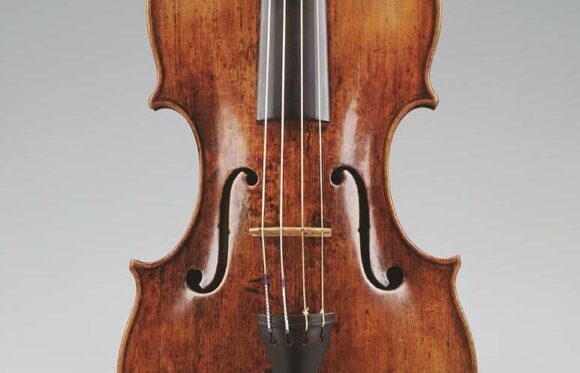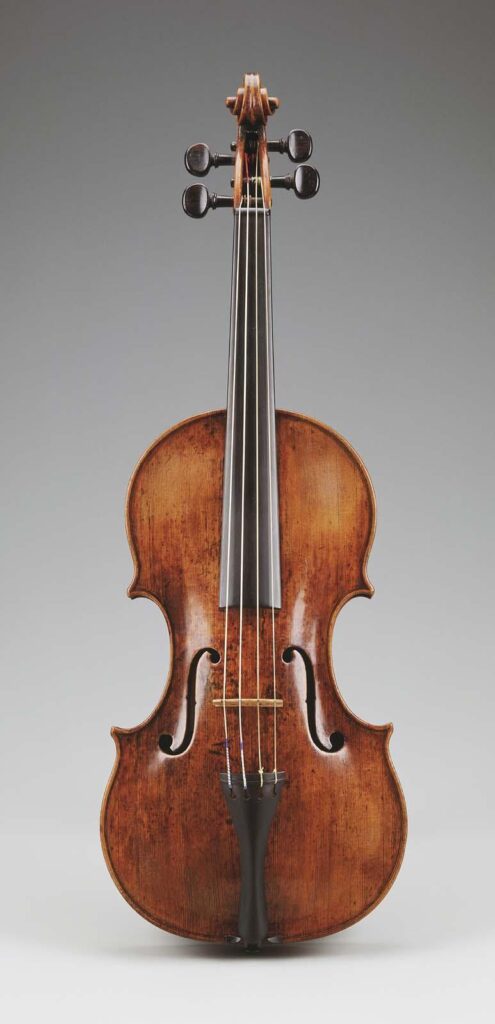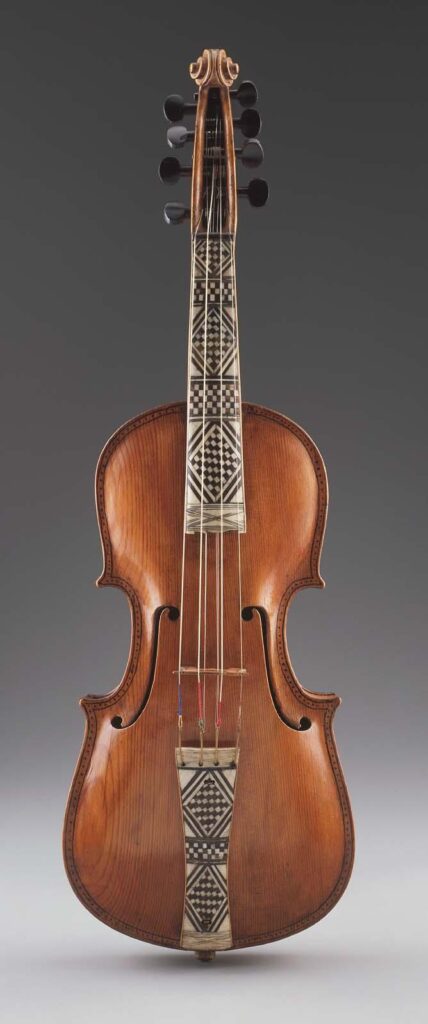What Does a 370-Year-Old Violin Sound Like?

What does a 370-year-old violin sound like? Listen to the MFA Musical Instruments Collection Online
At North Bennet Street School (NBSS), we’re all about making one-of-a-kind objects that are built to last. We want our work to be admired, but more so, we want our craftsmanship to serve a purpose in people’s lives. In the Violin Making & Repair program, the instruments we craft and restore are not meant to simply hang on a wall or remain locked in a case. A high-quality violin is meant to be held, played, and enjoyed for years to come.
Located in Boston, we’re fortunate to be near a renowned collection of instruments that have endured the test of time. The Museum of Fine Arts (MFA) Musical Instruments Collection houses more than 1,100 instruments from around the world, including more than 100 bowed stringed instruments. You can see many of these instruments year-round by visiting the museum. However, rather than being kept silent behind glass, these instruments actually get played from time to time. Best of all: we can hear their sounds from the comfort of our home.
The MFA offers a free online gallery with images, specs, provenance information, as well as audio recordings of many instruments in their collection. Want to hear a 370-year-old violin made by Belgian luthier Mathijs Hofmans IV? How about a violin made in 1761 by Giovanni Battista Gabrielli? We can travel across time and space with the click of a button.
In addition to traditional designs of violins and other stringed instruments, the collection features less conventional creations, such as the James Bond-esque “Walking stick violin”. This instrument is a functional wooden cane that conceals a narrow violin and bow within its shaft. Perfect for a secret agent/fiddler looking to unsheathe their hidden violin and delight an unsuspecting audience.



To bring the collection’s instruments to life beyond photographs and audio clips, the MFA produced a video series with musicians playing more than 40 instruments. For some of the less conventional designs in the collection, seeing is truly believing. For instance, we can watch a violinist play the steampunk-like “Phonographic violin” made around 1920, also known as a Stroh violin. The instrument features two metallic aluminum resonators—one small cone tilted toward the violinist’s ear, the second larger cone projecting out toward the audience.
In addition to the variety of designs, the video series allows us to experience the historical and cultural context of each instrument. We can watch a musician play an 18th-century Chinese song on a 19th-century fiddle, or erhu, crafted in China. We can hear the melody of a Welsh folk song being played on a 19th-century bowed lyre, or crwth, made in Wales.
The experience of browsing these online sights and sounds offers us knowledge, delight, and inspiration. Every handcrafted violin—whether made centuries ago or just yesterday—captures the luthier’s commitment to patience, precision, and creativity. At NBSS, the instruments our students and graduates craft and restore can contribute beautiful music around the world. Through this meaningful work, our artisan community elevates the lives of individuals and audiences both in the present day and far into the future as well.